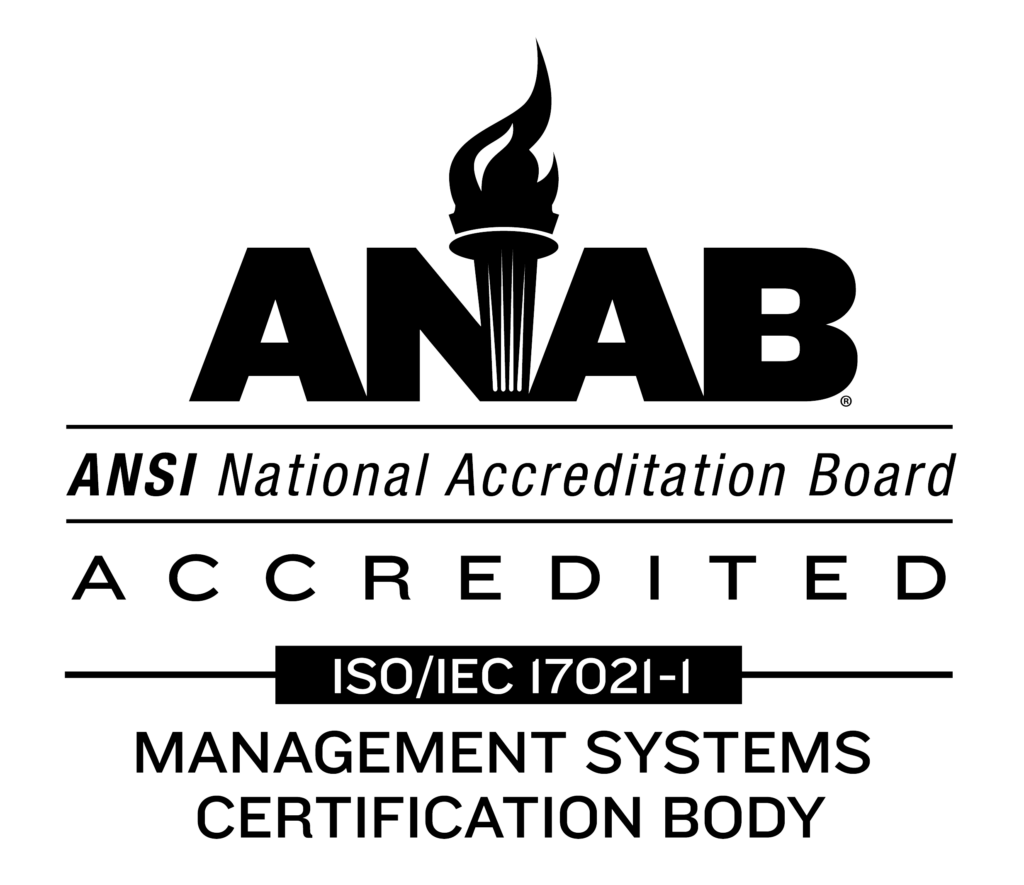By Joyce Deuley, Sr. Analyst and Director of Content at James Brehm & Associates LLC
State of the Industry
This year has proved challenging for oil and gas companies: falling prices, crackdowns from environmental regulations, growing concern about the destabilization of land due to fracking, as well as an increasing gap between jobs and skilled engineers to name a few issues. Royal Dutch Shell, for instance, recently terminated its plans to drill off the Arctic coast of Alaska for the “foreseeable future”—this is after $7 billion dollars and more than five years spent on exploratory drilling (with disappointing results) and the purchase of costly leases and permits for the privilege to do so (Daily Mail). The Arctic Circle has been viewed by many as a “holy grail” in terms of rich oil and gas reserves—the largely untapped Great White North, if you will. Initiatives in the Baltic have also come under discussion lately, as Russia negotiates the political quagmire it has found itself in concerning territorial disputes.
Still, it isn’t all doom and gloom. Our reliance on oil and gas for manufacturing, shipping, transportation, energy, and more hasn’t dissipated—rather, it will continue to increase with the rising population and result in rapidly expanding urbanization. More food will need to be shipped globally, more cars will be driven, more homes will be heated, more materials will need to be made, etc., providing rich opportunities for oil and gas companies to invest in scalable solutions, as well as to firmly root themselves as valued players in the market. Investors, and other interested parties, are paying close attention to the oil and gas markets to better determine how best to mitigate depleted reserves and improve overall productivity and efficiency: keeping their bottom lines low and profit margins high.
To pull back from an environmental and global perspective on the state of the industry, let’s instead bring it into a sharp focus with its current business challenges. Problems with efficiency include legacy pipeline and refinery infrastructure that hasn’t been updated or modernized in decades, a shortage of skilled labor as qualified engineers approach retirement, the need for increased monitoring and control across remote areas, and the mission-critical need for the aggregation, interpretation and management of unprecedented amounts of data. But, effectively managing that data can present major challenges for oil and gas providers: with so many devices at the edge, they are practically drowning in the seemingly endless flood of information that is collected. The need to find reliable data management platforms that help remove complexities associated with data visualization is critical for these companies’ ability to identify and enact valuable business decisions.
What to Do About It
It is no secret that the Internet of Things (IoT) has proven to be disruptive across a myriad of markets. While the technologies and principles of the IoT have been around for decades, predominantly within the manufacturing and processing industries, its relatively nascent presence within the consumer electronics and wearables markets has helped rebrand the IoT with a level of “sexiness” it previously lacked. But at the heart of the IoT is a near-obsessive desire to decrease operational and deployment costs, meet compliance regulations and to dramatically increase productivity and efficiencies.
The oil and gas industry happens to be one of the largest growing areas for IoT deployments and has found many ways to benefit from connected solutions, such as pipeline and wellhead monitoring. Oil and gas pipelines can span across hundreds of miles of rugged terrain. The ability to monitor such a territory can be challenging, as harsh winters and debilitating droughts, forest fires and or heavy rains can put stress on the integrity of a pipeline, plus the remote nature of its location can prevent technicians from being able to regularly service it. Another challenge is knowing when and specifically where a problem occurs. For instance, if there is a malfunction that results in a leak along one of the more remote sections of a pipeline and there is no sensor to alert someone, we could be looking at a nightmare of a situation: environmental damages, not to mention untold amounts of costly clean up, repairs and definitive losses to the oil and gas company at large.
By utilizing connected sensors along the lengths of their pipelines, oil and gas companies can overcome these challenges and monitor flow, pressure, integrity of the pipeline and more. Empowered by the IoT, oil and gas providers can receive near real-time information about their entire operation, enabling decision makers to better manage their technicians, as well as improve overall production and reduce maintenance and operational costs.
As oil and gas companies wait for the stock market to pivot from $50 a barrel, they need to look seriously at implementing business solutions that are going to help them weather this lull. The IoT provides many opportunities for oil and gas providers to tighten their belts by increasing efficiencies and production, ultimately reflecting in a more cushioned bottom line. Pipeline monitoring and control applications can help reduce non-productive times by up to 30%, which is just one small example of how dynamic transformations could be made by the IoT.
About Joyce Deuley
As Sr. Analyst and Director of Content, Joyce researches and interprets market trends, locates opportunities for growth, and researches the current happenings in the M2M and IoT space, providing our clients with up-to-date and actionable information. Joyce specializes in technical communication, translating complex data into layperson-accessible presentations, articles, and white papers. Additionally, Joyce manages, contributes, edits, and designs our newsletter, The Connected Conversation. She currently offices out of, and is a founding member of Geekdom, a tech accelerator-like co-working space in San Antonio, TX. Previously, Joyce worked as a Secondary Researcher at Compass Intelligence, learning the M2M markets alongside James Brehm. While at Compass Intelligence, she gained experience in market research, competitive analysis, content strategy, as well as qualitative research.
Joyce graduated with a B.A. in English, focusing on Professional and Technical Communication, from the University of the Incarnate Word (UIW) in San Antonio. She graduated with honors and served as Vice President of the English Honors Society, Sigma Tau Delta, and served as Prose Editor for the 2013 Quirk Literary and Visual Arts Journal, and also contributed publications in 2013 and 2014.





